Galikis Dhmokratias 13
Walk and The City
- 2 hours
- Audio guide
- App
- Walk
At a glance
A walk around the city is always so exciting! The hustle and bustle, the energy, the sights and sounds - it's exhilarating!
Soak up the atmosphere and explore everything from iconic sights to hidden gems.
An exciting walking tour and a journey of discovery through the vibrant streets of Kavala.
In detail
-
CitySpot
-
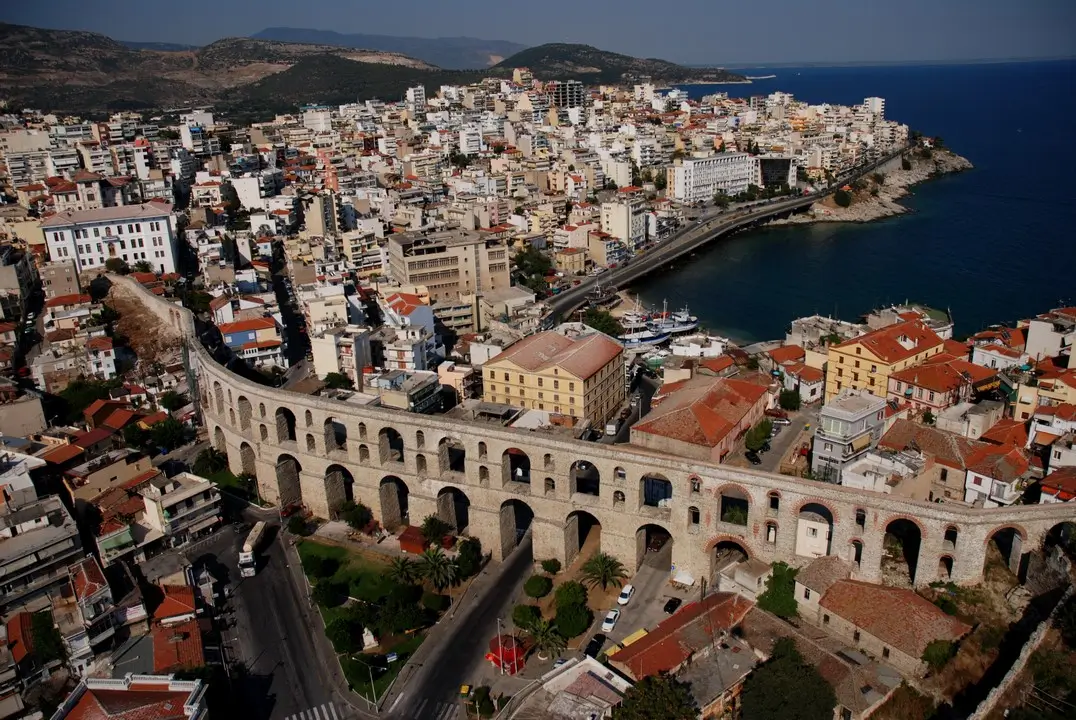
Aqueduct – Kamares
A colossal structure that dominates the urban landscape of the city is the aqueduct, or otherwise known as the Kamares. It is the most easily recognizable landmark of Kavala with a length of 270 meters and a maximum height of 25 meters, built of local granite and bricks. It was built by Ibrahim Pasha, vizier of Sultan Suleiman the Lawgiver, between 1520 and 1530, during the period of the reconstruction of the city and it was a work of vital importance.
-
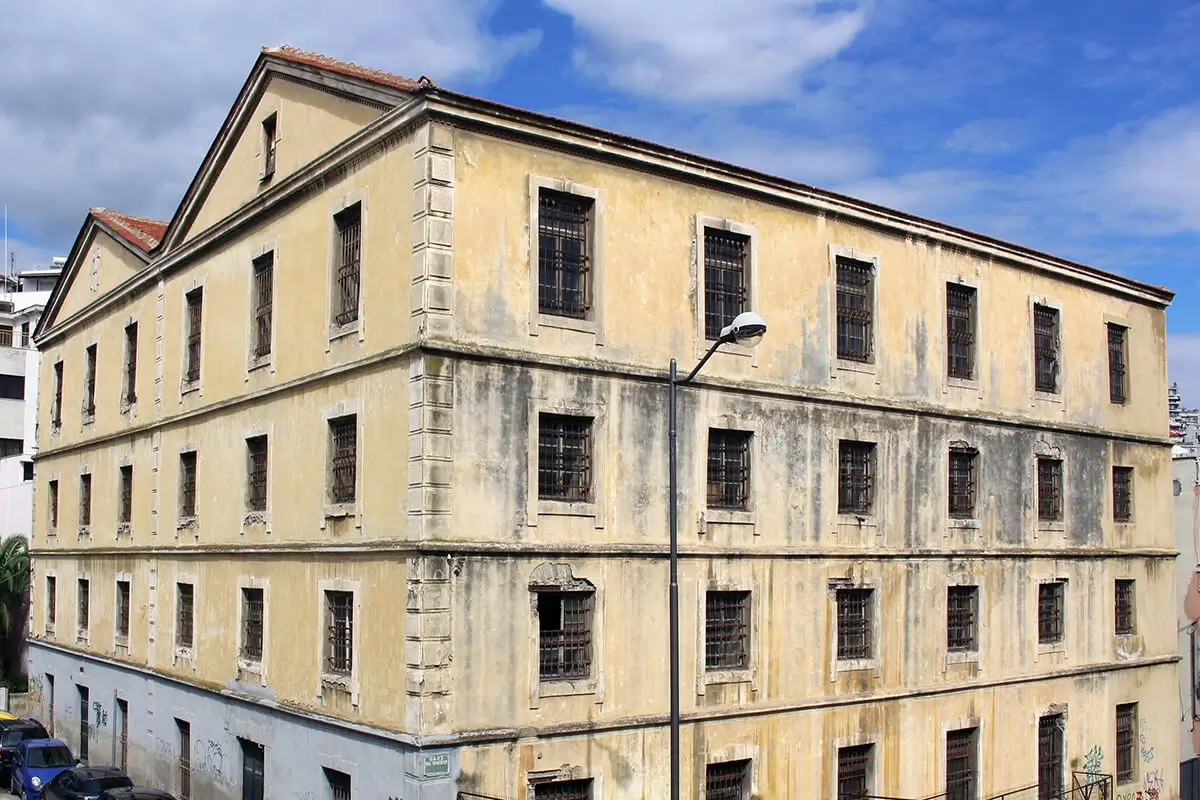
Aaron Chimino Tobacco Warehouse
Aaron Jacob Chimino, initially worked as a tobacco worker and at the same time as a contractor for the Turkish beys, where he undertook the batching and baling of tobacco. He worked with the Turkish tobacco merchant Osman Kavala until 1922 and the exchange of populations with Aurelius Stamatyadis, establishing a company under the name 'Aurelius Stamatyadis and Aaron Jacob Tsimino tobacco in leaves'. After the American crash, the company ceased to operate in 1934.
-
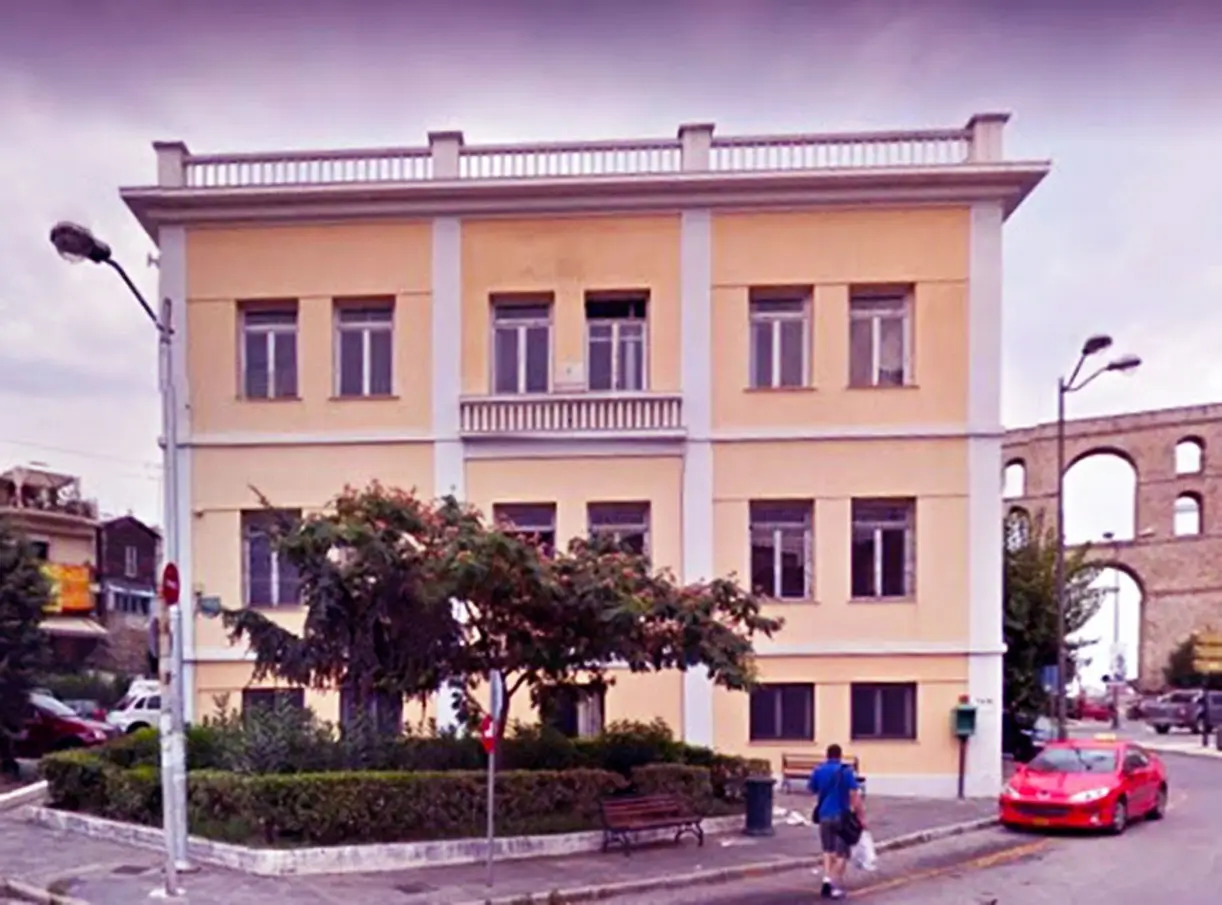
Old Courthouse
A major part of Kavala's history is the building of the former courthouse. The Ottoman government of Kavala used it when it got built in 1896 by the Chiot Kaimakam Emin Pasha with "voluntary contributions" from the city's rich residents. It is associated with the town's 1913 liberation because, on June 26, 1913, the Greek flag was flown for the first time following centuries of occupation (which starts in 1391). The announcement of Kavala's inclusion in the national authority was also made from this building.
-
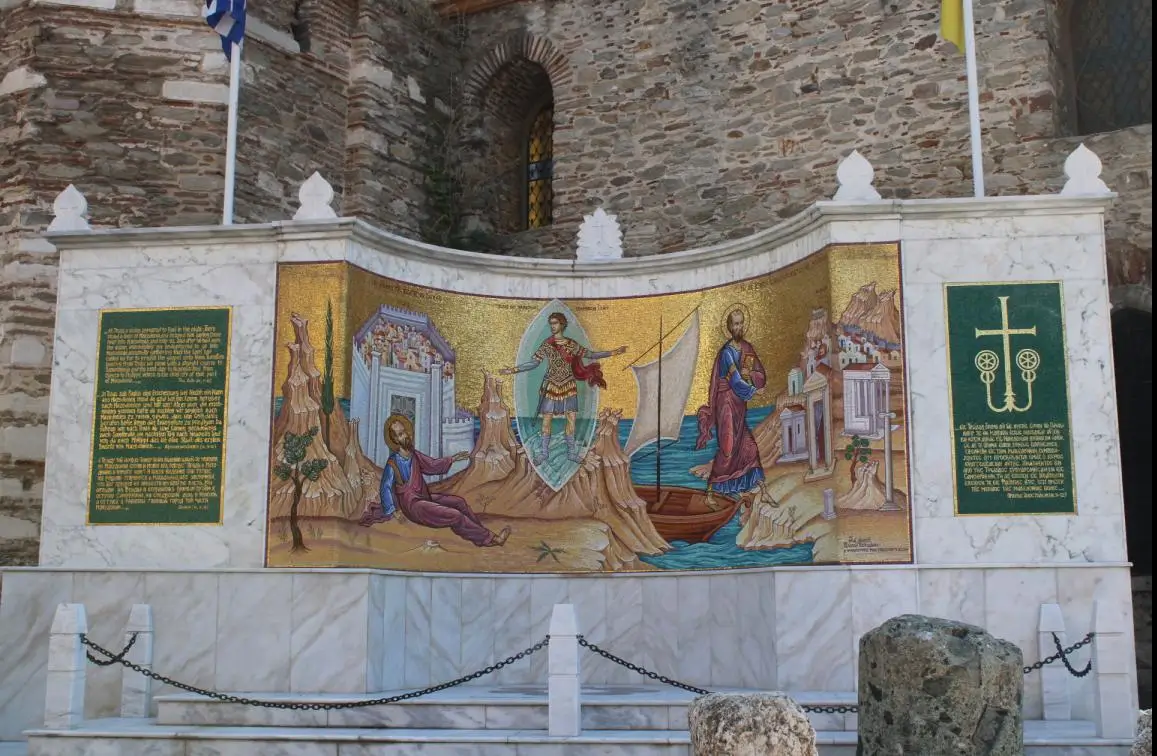
Apostle Paul Monument
The very first European land that the Apostle Paul steps on in 49 AD is in the city of ancient Neapolis, as Kavala was then known, already an important port and commercial centre. In fact, Kavala was then, not coincidentally, called Christopolis for 600 years before taking its present name.
-
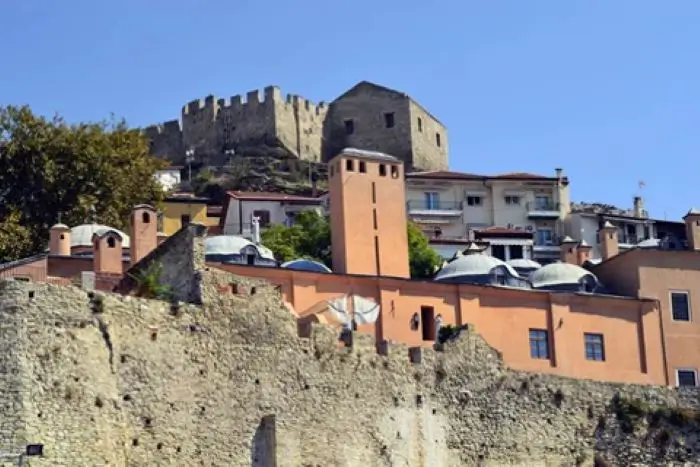
Coastal wall
The early fortified walls of the Thasian colony were built at the beginning of the 7th century BC and were of a much smaller extent. Most of the existing coastal wall is a construction of the period 1520-1536.
-
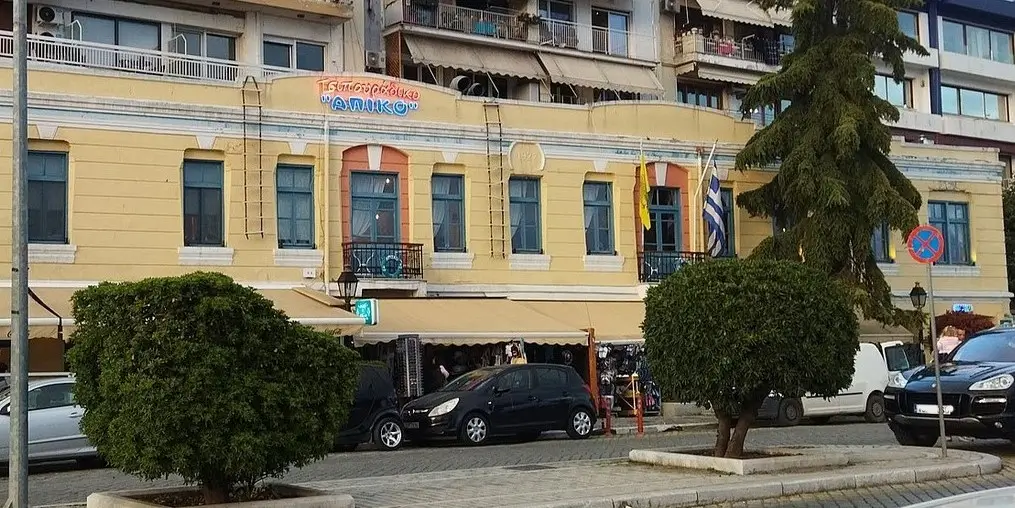
The Old Fish Market & Port Authority Building
The building of the Port Fund, more correctly the Port Commission, was constructed in 1926 and the ground floor of the building housed the city's fish market. Two years later, in November 1929, Eleftherios Venizelos founded the new Port of Kavala, an important project to boost tobacco exports. The offices of the Port Commission were housed in that building until 1973, when they were moved to where the Port Authority is today.
-
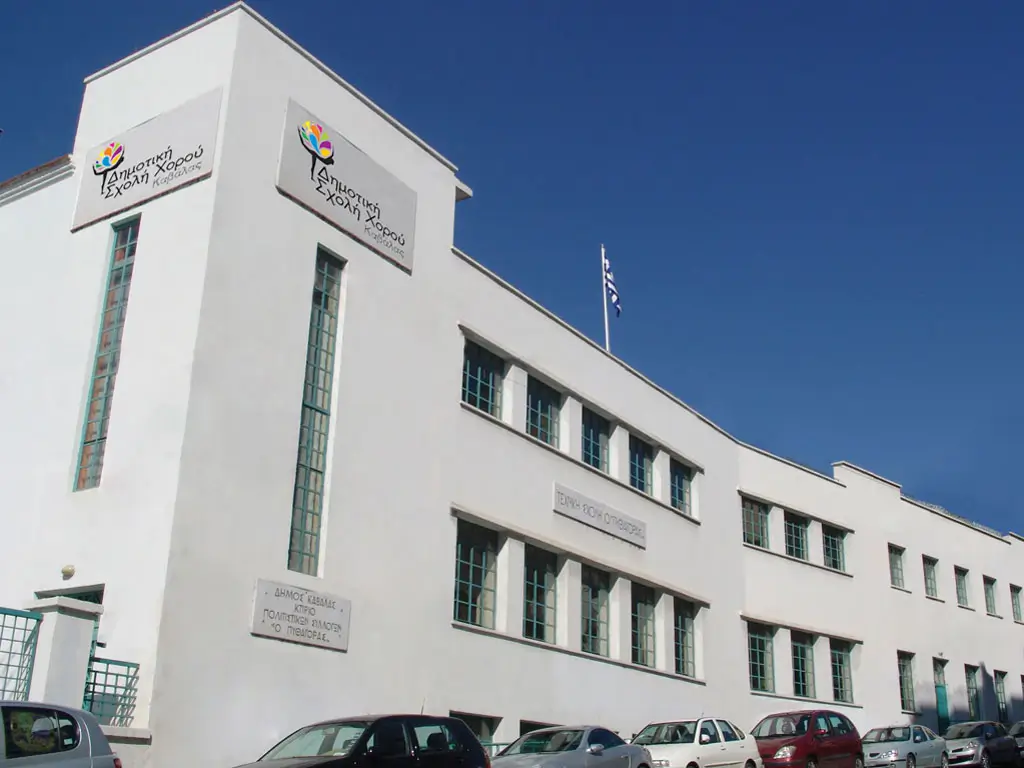
Cultural Centre “Pythagoras”
-
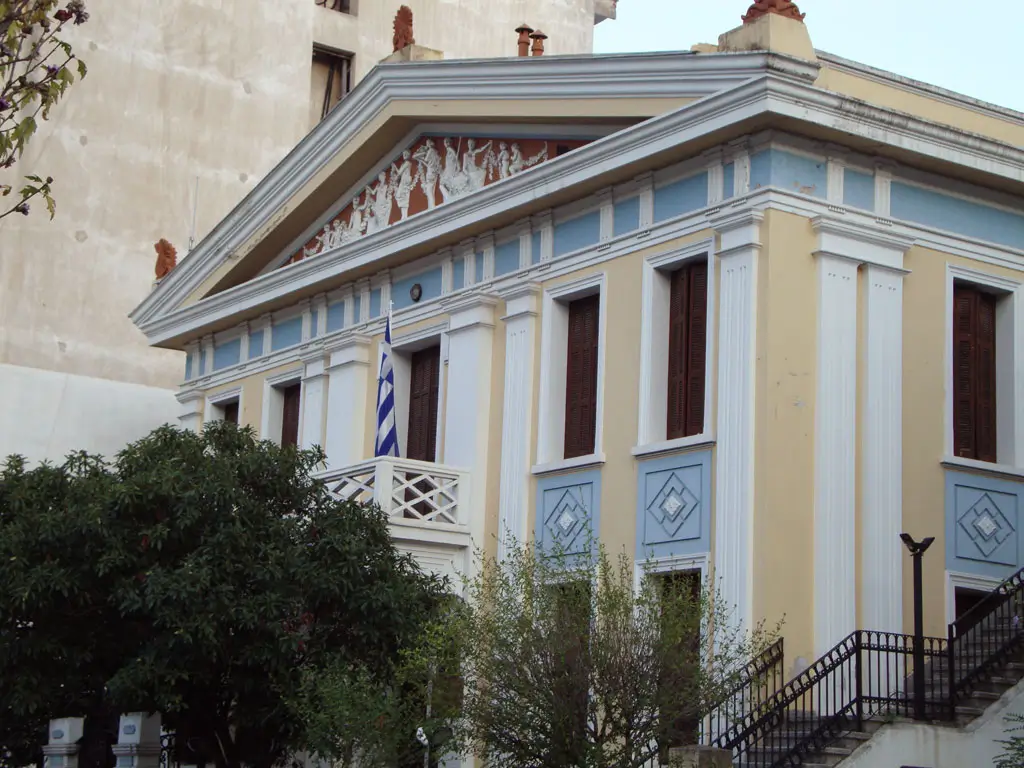
Municipal Conservatory of Kavala
-
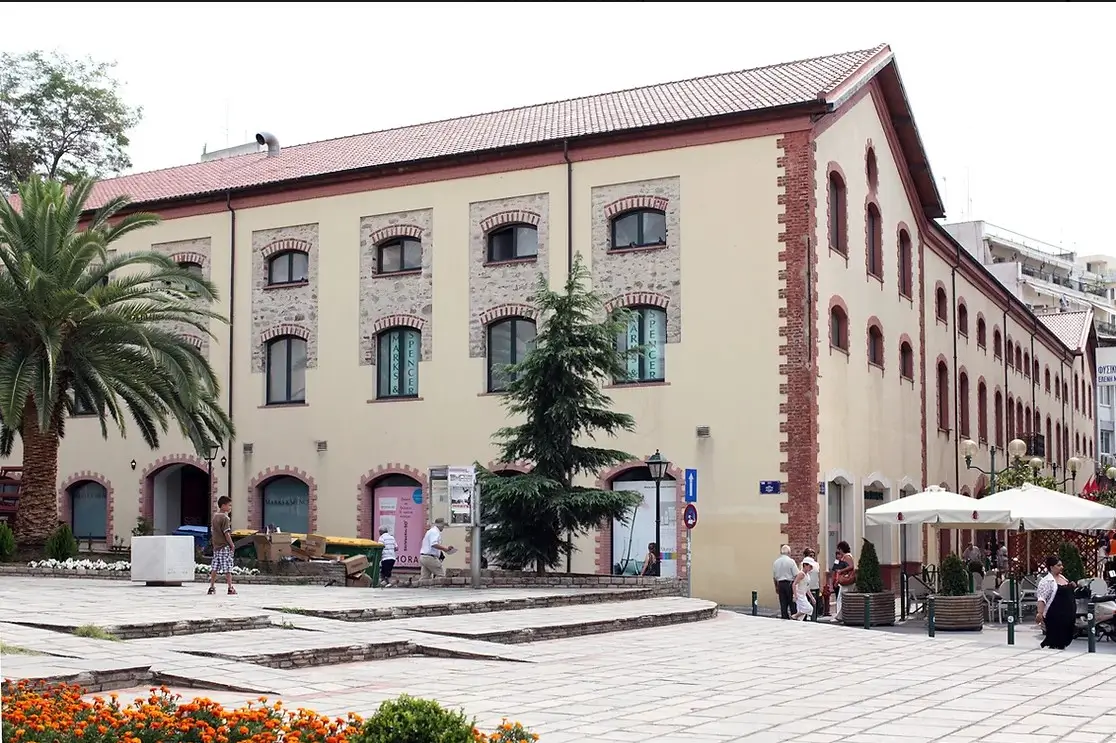
REGGIE Tobacco Warehouse
It was built in 1885 and purchased by the Ottoman tobacco. monopoly known as the "REGIE" or "Rezi" company, which had the exclusive right to distribute tobacco sold on the domestic market and the exclusive right to manufacture different types of cigarettes in four cities: Istanbul, Thessaloniki, Samsun and Smyrna.
-
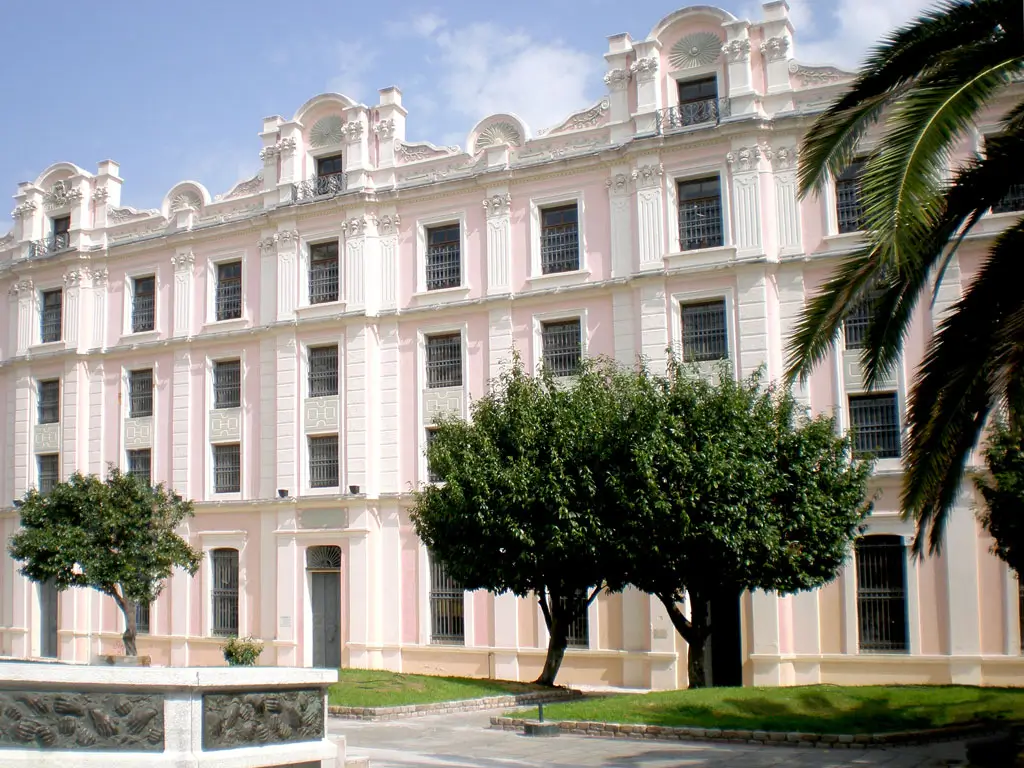
Municipal Tobacco Warehouse and Tobacco Workers Square
The Municipal Tobacco Warehouse was built in 1910 and housed the company Kiazim Emin & Cie of the Turkish businessman and tobacco merchant Kiazim Emin. The building follows modern Ottoman architecture, known as Ottoman neoclassicism, with a strong influence of European neoclassical architecture. Today it is used as a multi-cultural venue, hosting permanent and temporary exhibitions, as well as various events.
-
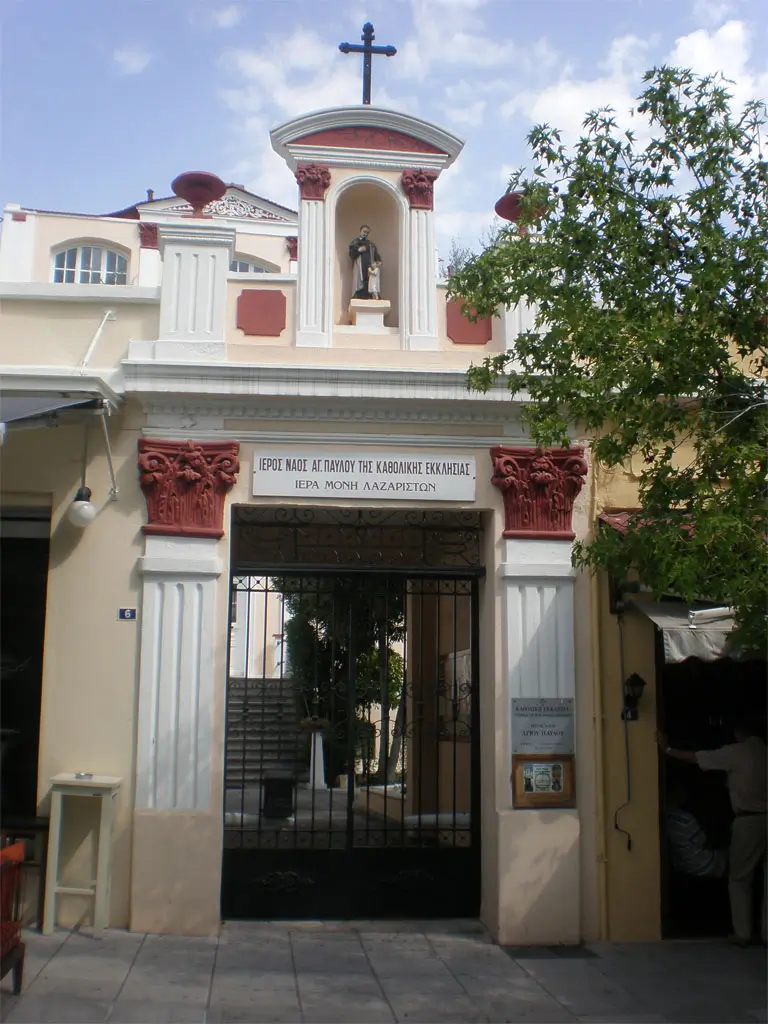
The Lazarist Monastery
Constructed between 1888 and 1892 to meet the needs of the Catholic congregation living among Orthodox Christians, Jews, and Muslims, the Catholic Monastery of St. Paul in Kavala is also known as the Lazarist Monastery of St. Vincent de Paul of the Catholic Church of Kavala.
-
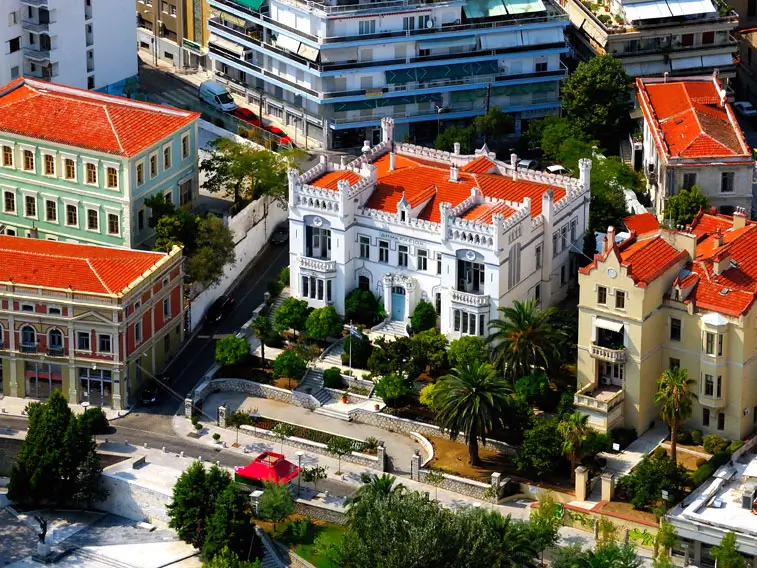
Town Hall – Herzog mansion – Wix mansion
The building of the Kavala Town Hall is another important landmark for the city. Its architecture is strange and does not seem at all like the Ottoman or neoclassical structures found in the city, as it is a miniature of a Hungarian tower, due to its owner, the Hungarian tobacco merchant Baron Pierre Herzog, and was used as his residence. It was built in the late 1890s, and has strong romantic elements of old medieval towers and a distinct example of Gothic Revival with the Gothic arches on the towers and balconie
-
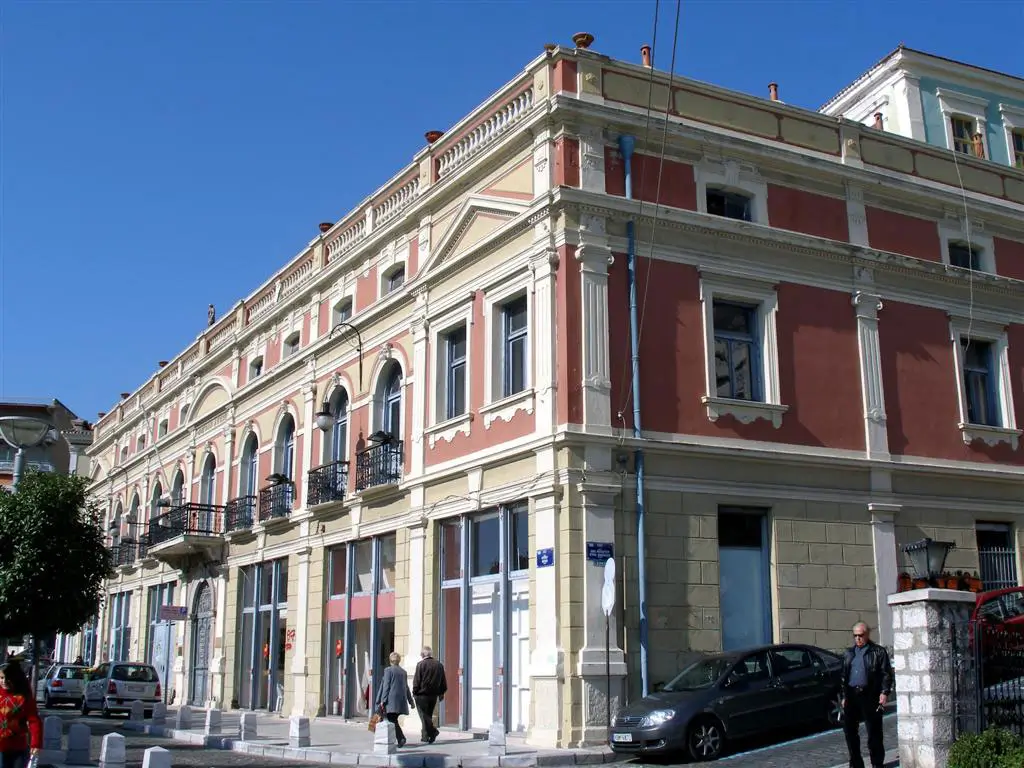
The Great Club
The Great Club was built in 1909 by the Philoptochos Society of Ladies of Kavala - a charity club for the poor, to house the Greek Community Club of Kavala and was inaugurated on 22 May 1910. The building is one of the finest examples of Austrian Baroque in Europe and unique in Greece and is a copy of part of the Vienna Musikverein. The neoclassical form of the building contains several elements of the ancient Greek tradition.
-
CitySpot
Galikis Dhmokratias 13